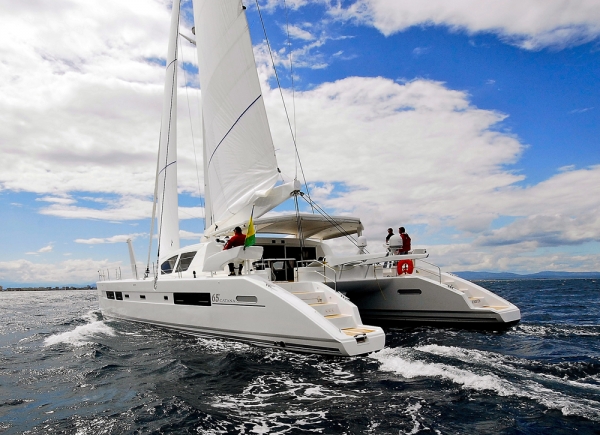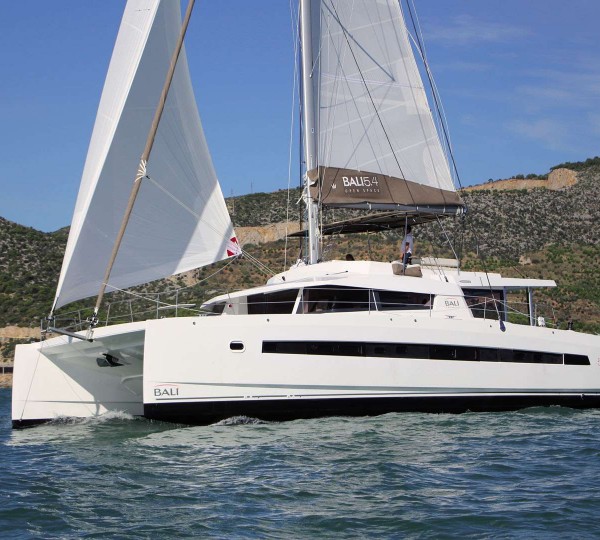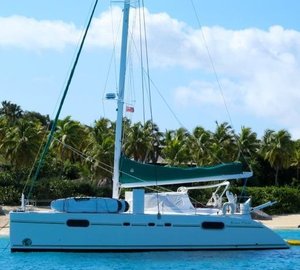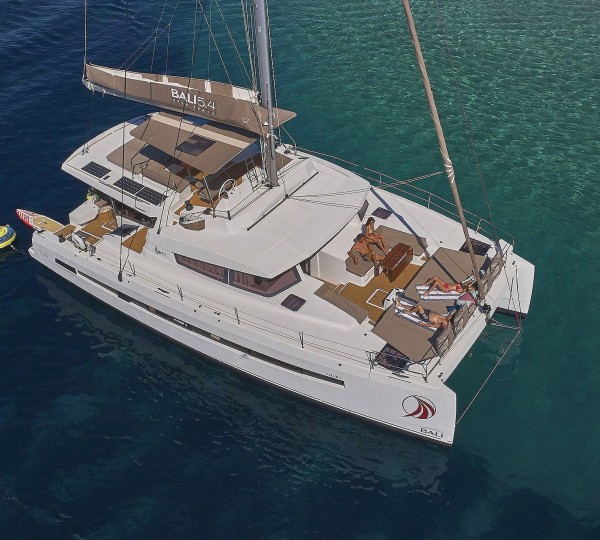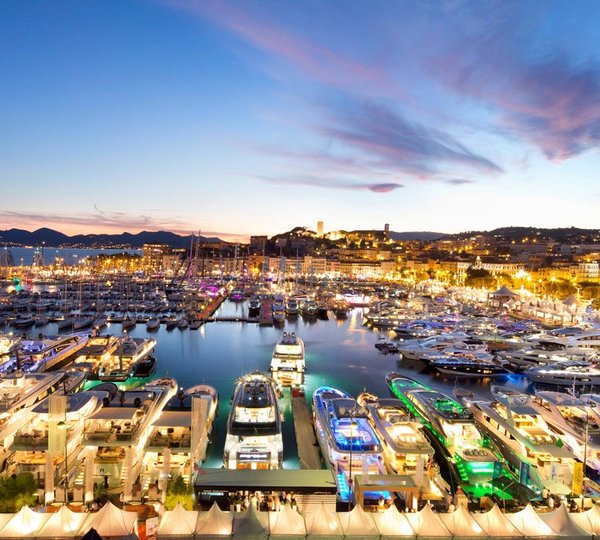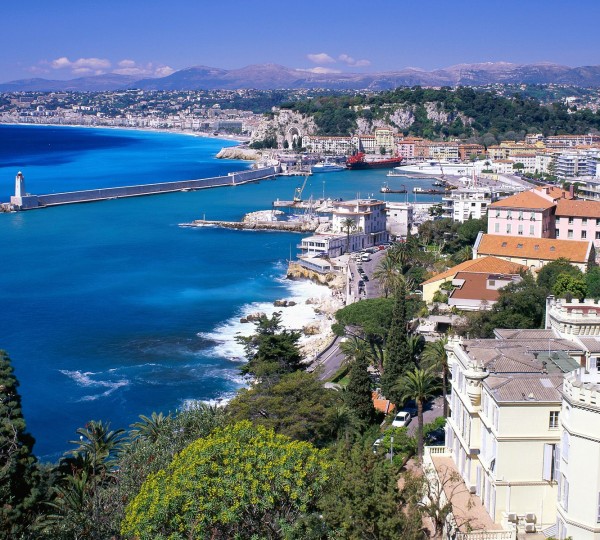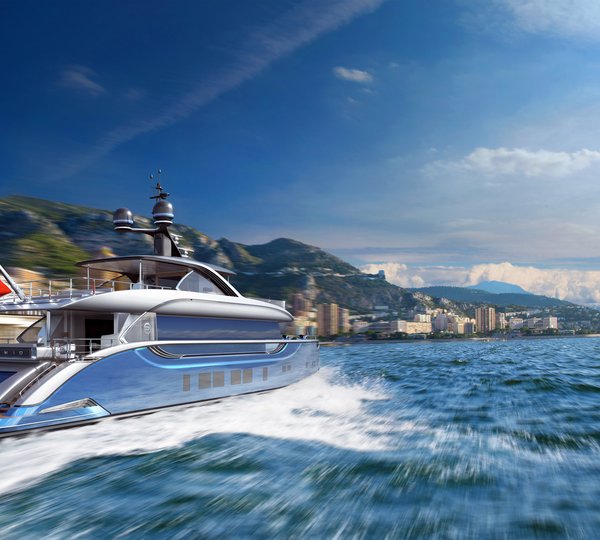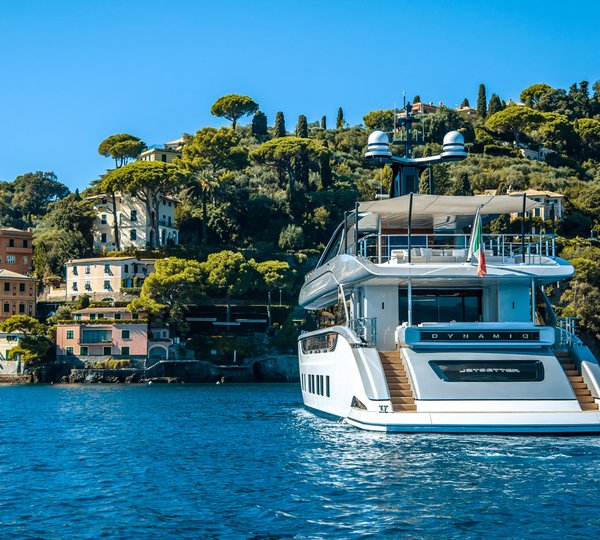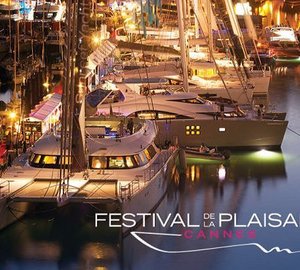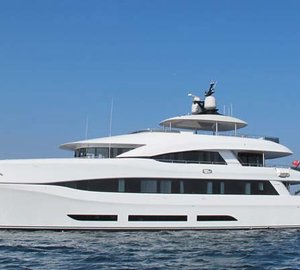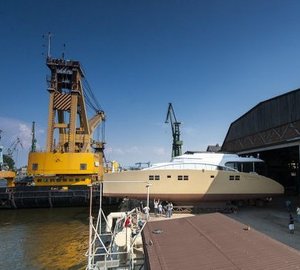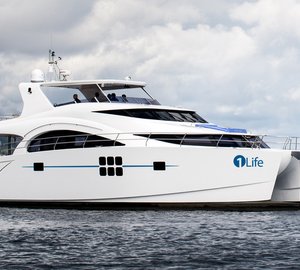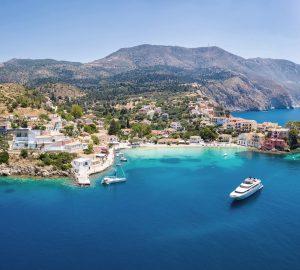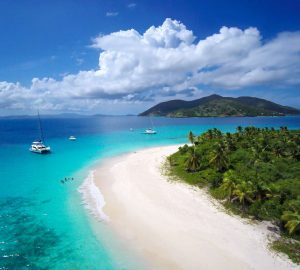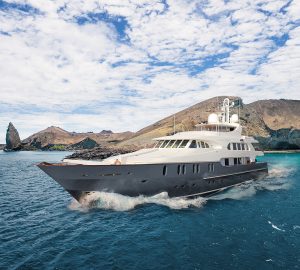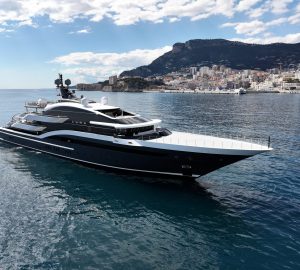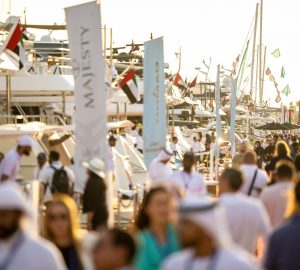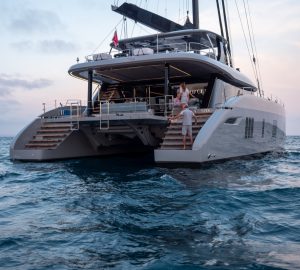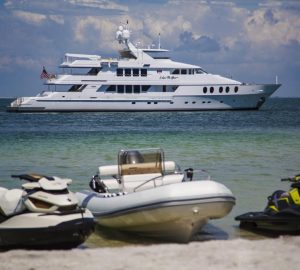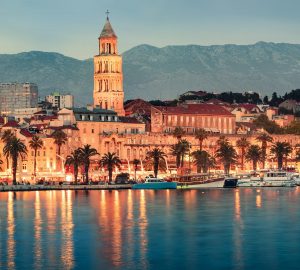The Catana 42’ – 47’ – 50’ and 65’ which « Mediterraneans » will discover at Cannes embody the legendary brand’s return to it’s original mission : performance. These four models are among the very fastest catamarans available to the cruising sailor today.
Of course, this positioning is nothing new to Catana, were it not for the evolution of the extremely high standards of these catamarans and the availability of new sailing equipment and comfort amenities that had insidiously, from year to year, allowed a little weight to compromise performance.
The radical options chosen by the new team at Canet en Rousillon first found their expression in the new Catana 50 that has been acclaimed by performance voyaging enthusiasts.
This success has encouraged the team to pursue this path for all of its latest models – the Catana 42’ and 47’- calling on each of the departments of the yard, from management to craftsmen on the floor, via an inevitable and productive trip through « Research and Development ».
Catana 42 – Catana 47 – Catana 50 – Catana 65
The Catana 65 Catamaran:
With its fine entry hulls, underwater bulb’s tuliped towards the deck and its daggerboards, the Catana 65′ continues to enhance Catana’s reputation of stability, sécurity, and performance, well known all over the oceans of the world.
The new architecture, from Christophe Barreau and Frédéric Neuman, gives to the Catana 65′ elegant lines and prioritizes the comfort of the passengers.
The well sheltered huge cockpit allows a free circulation as well as easier and safer manœuvres.
The interior design, by Linea Concept, features a modern ambiance with wengue floors, clear oak panelling, alu brushed trim and leather seatings. Other luxurious designs and layouts are available.
Infusion process (hulls, deck, bulkheads and bimini) (-1300 kg)
New lighter bimini, positioned higher to allow better visibility of the opposite bow (-300 kg)
Aluminum forward crossbeam that is lighter than the composite crossbeam (-380 kg which includes the elimination of the catwalk)
Elimination of the composite catwalk, replaced by a lighter aluminum compression beam (see weight gain forward crossbeam)
Elimination of the 5th structural bulkhead (-300 kg), after several studies were completed by design offices specialized in the structural engineering of pleasure boats.
Work in carpentry : thickness of panels, brackets, number of reinforements… (-260 kg)
Carbon mast (optional) : autoclave technology instead of the filament/strand process (-120 kg)
Slight widening of the bows…etc.
And, the work of « Mr. Weight ». His role is to limit the excessive use of products (sikaflex, glue…) or unjustified parts during the manufacturing process in order to further reduce weight (-350 kg). An unrelenting chase after superfluous weight on each boat.
♦ The hulls
The elongated, torpedo-shaped hulls lessen the « rocking chair » effect in heavy seas. Section of the Catana hull creates less drag than a normal wide-hulled catamaran. Boat speed is therefore higher for the same sail area or equivalent engine power. The aerodynamic shape of the coach-roof reduces windage, as well as being more aesthetically pleasing. The volumes at both ends of a Catana floater are important, thus more resistant to pitching in the swell.
♦ The daggerboard
As in the wings of certain airplanes, the daggerboards of a Catana are geometrically changeable. When the wind strengthens, the helmsman slowly lifts the daggerboards as their pressure on the water increases with the square speed of the boat. The sabre-shaped daggerboards are laminated with uni-directional reinforcements. The daggerboard casings are totally waterproof and joined to the hulls in such a way that they have been deemed indestructible. They are carefully fixed to the hulls by ribs and braces whereby the strain is taken along the whole length of the planking and at the bottom of the hull. Finally, a gusset brace aft, guarantees that any violent impact will damage the daggerboard itself but leave its casing and the bottom of the hull intact.
♦ Construction
Catana boats are built entirely of sandwich construction under vacuum. For a catamaran where each hull sails over different waves, its strencth and long life depend on the rigidity and consistency of the boat’s structure. The core of the hulls and bulkheads is made from PVC foam, with a density of 75 kg/m3 and a minimum thickness of 20 mm. The core of the decks, platform and coach-roof is made with foam up to 40 mm thick. The hulls are reinforced with Twaron which is a multi-axial aramid fiber. Twenty-five years of research and sailing experience has provided Catana the image of unrivalled seaworthiness and a legendary reputation for building a solid, comfortable high performance catamaran : millions of miles covered by hundreds of our customers.
Only a highly-coordinated and dynamic team could mobilise such know-how and offer their best to these bluewater voyaging catamarans

